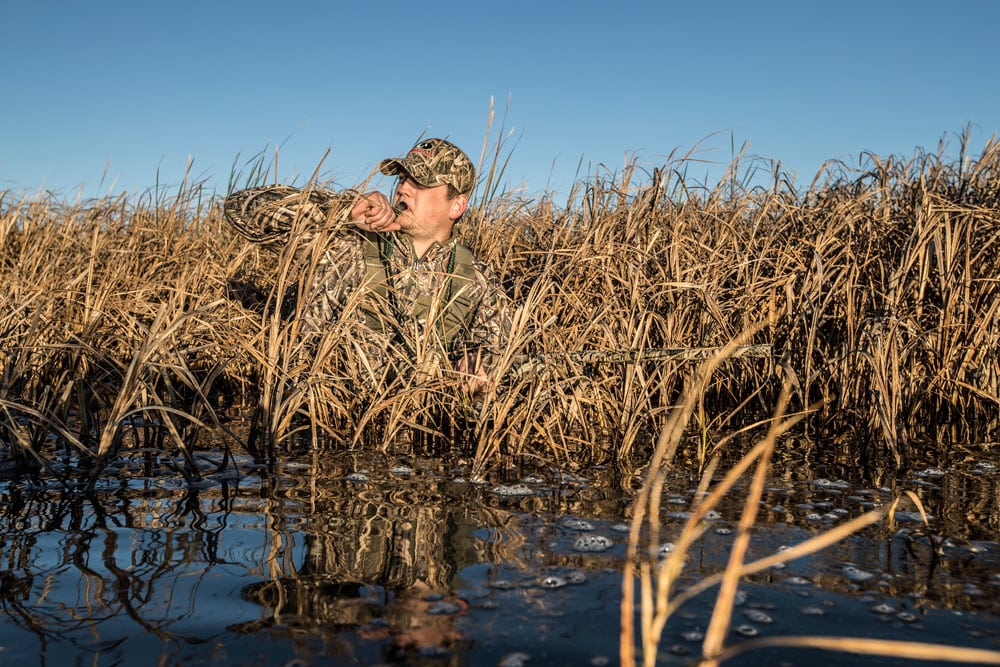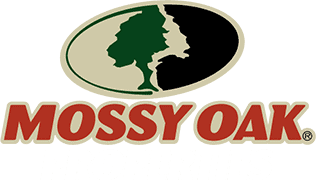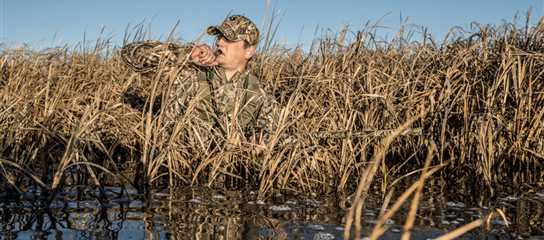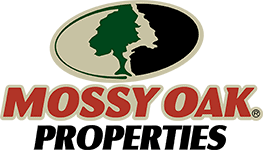Brad Harris

Grown frustrated with hunting public ground? Tired of waking up at midnight just to secure the public land honey hole for the day’s hunt? How many times has someone parked a boat right next to you 5 minutes prior to legal shooting time? 15 years ago, I was fed up with all of the issues you face when hunting crowded public waterfowl management areas. I decided enough was enough, and I was going to do something about it.
I had previously hunted private areas during duck season but none of them were developed specifically for waterfowl attraction. Although those spots all produced memorable hunts, they weren’t mine and I still had to compete with other guys showing up to areas I had scouted out days prior. My solution was to develop my own spots, however I had one problem – lack of cash! I was going through college and wasn’t what you would call rich by any means.
My one advantage I had over most people was being a farmer’s son and access to land, definitely not prime waterfowl areas, but I had something to start with. My first project was in a river bottom where I damned up a small, low area along the river and installed an agri-drain water control structure. Total cost of the project with new pipe, agri-drain structure, and dirt work was less than $2,500 for a total of 9 acres underwater. The oak timber and few acres of millet proved to be a hit with the ducks and has produced great hunts ever since I completed the project.
As my passion for waterfowl hunting grew, I knew that I wanted to do more projects, but I always faced the constant battle of how expensive a traditional waterfowl development cost. I knew small, well-managed areas could produce great hunting a couple days a week.
My next couple projects all had budgets of $5,000 or less, and I wanted them to be a minimum of 3 acres, preferably around 5 acres if possible. I completed all of those projects below budget! If you pick the right spot the amount of dirt work needed is minimal, add in the cost of pipe and water control structure, and you could have a completed project for under $2,500!
The trick to finding a great spot is using the lay of the land to your advantage. Slow, sloping drainage areas along field edges are perfect. They collect water naturally and the soil is already used for farming! Making a flooded cornfield from brush-covered ground is a time-consuming process but can be done with the proper equipment and time. The biggest lesson I’ve learned is you don’t have to be near a river or creek as a water source. Thankfully, in Eastern Kansas, we average 44 inches of rain a year! This provides plenty of runoff water to fill small wetlands without the need to pump.
I’ve long preferred planting corn if possible in my wetlands; there are two distinct advantages to planting corn. First and foremost, I believe during hunting season corn is the preferred food source for 90 percent of the days we can hunt. Almost as important is the ability to start flooding corn in August on the average year. This is very important when relying on runoff as a sole source for filling your wetland. Millet and most moist soil environments are ready to start flooding in late September or early October, eliminating 45 days of prime water runoff compared to corn.
As you can see, none of these projects are big by today’s standards, however they are easy to manage due to their size and produce phenomenal duck hunts. Does it take 100, 200 acres to have a duck spot? It absolutely doesn’t. Proper development of a 3 to 5-acre marsh on small properties will produce duck hunts every week; the key is hunter management. You will need to be careful to not over-hunt a small property but done right you can hunt them 1-3 times a week.
In most areas of the Midwest, you could buy 40 acres and develop that property for under $100,000. Financed on a 20-year note, that would be a $605 monthly payment! Cheaper than most car loans! The best thing about duck property is, unlike a car that depreciates, they appreciate! Think about those numbers the next time you’re out hunting on public water and someone in their new fancy boat drives through your decoy spread. Instead of stopping at the car or boat dealer on the way home from the marsh, maybe it’s time to stop by the realtor’s office and ask about small properties for sale.



